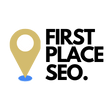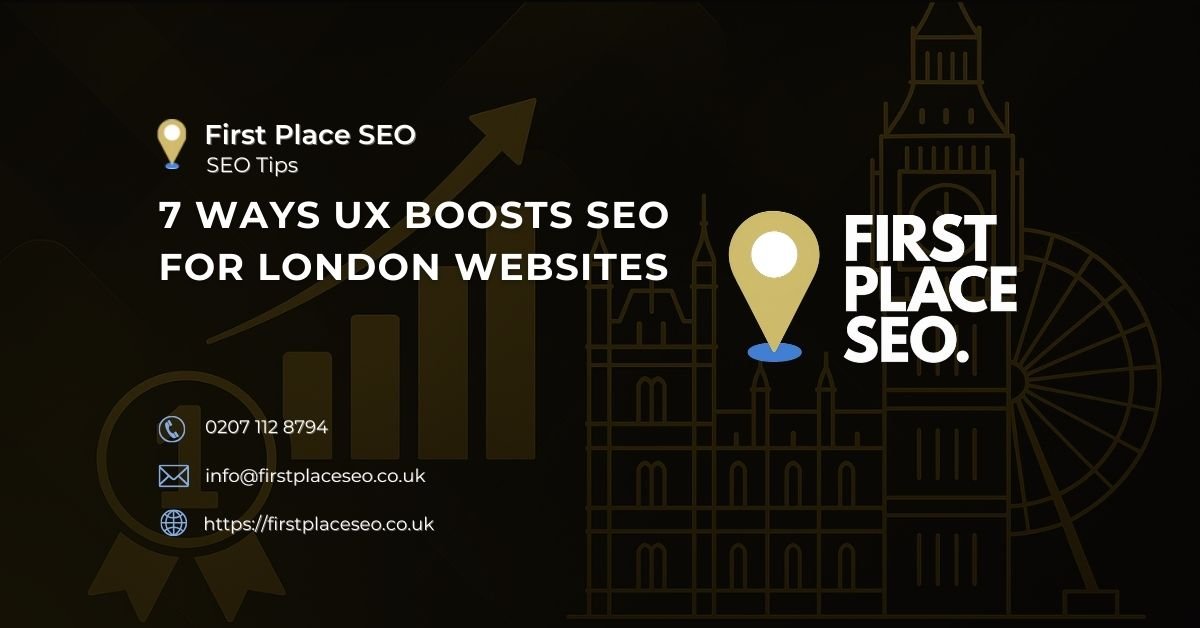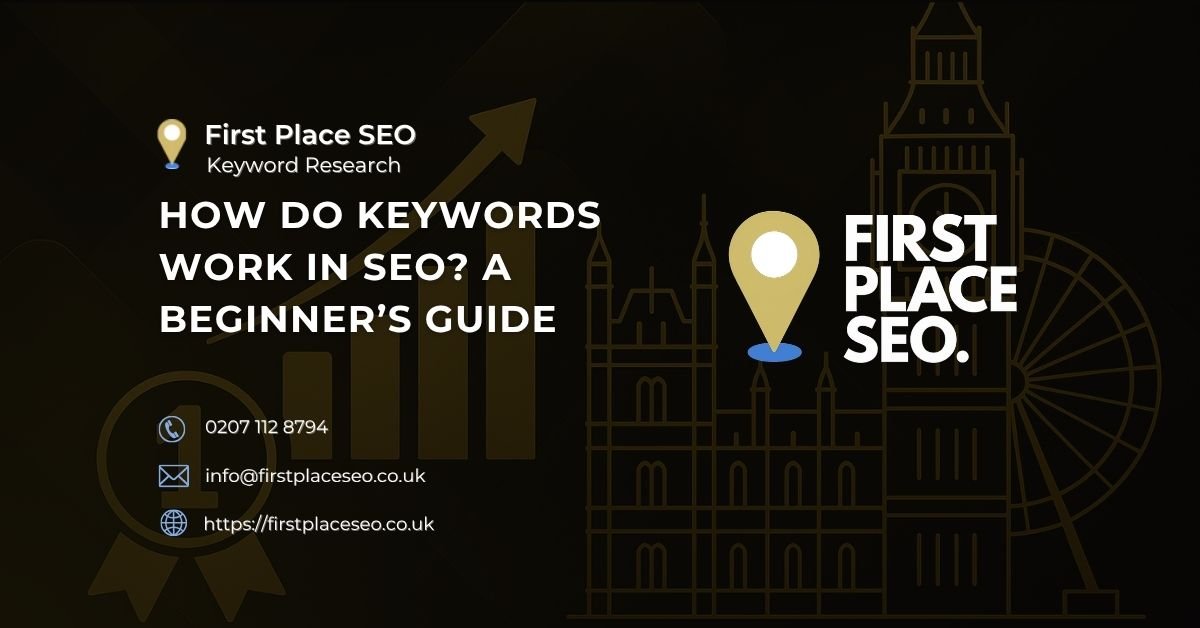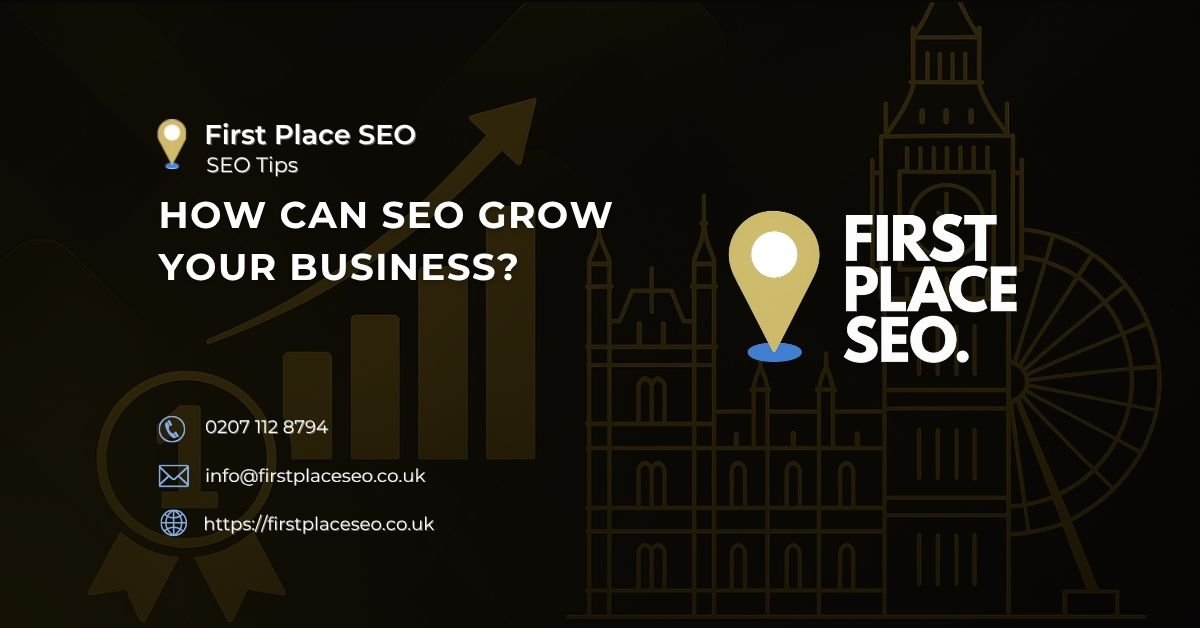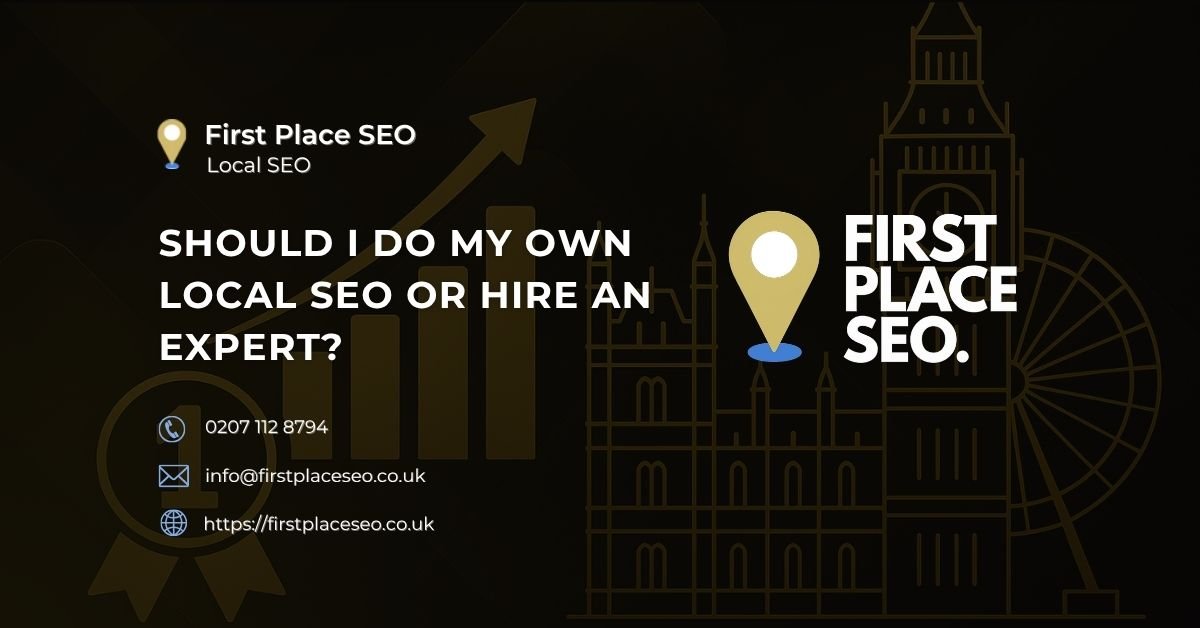How Can a Blog Strategy Ensure Long-Term Success?
If you want your blog to thrive and consistently engage your readers, having a blog strategy is the first and most important step. Whether you’re writing for a personal blog or a business, a well-planned approach ensures your efforts translate into measurable outcomes.
What Is a Blog Strategy?
A blog strategy is a structured plan that defines your goals, audience, and content approach. It helps you focus your energy on activities that bring results, such as increased traffic, higher engagement, and brand recognition. Without one, it’s easy to lose momentum or struggle with inconsistent posting schedules.
Why Does a Blog Strategy Matter?
The benefits of creating a blog strategy are undeniable. It allows you to:
- Focus on Your Blog Goals: Whether it’s growing your readership, improving your engagement rate, or achieving specific traffic growth milestones, a strategy ensures every post contributes to your success.
- Understand Your Audience: Tailor your content to fit the interests and preferences of your ideal reader, creating a connection that keeps them coming back.
- Build Consistency and Clarity: A structured plan helps you stick to a schedule and ensure every post aligns with your objectives.
- Measure Success Effectively: With clear objectives in place, it’s easier to track performance and refine your approach.
Who Is Your Audience, and Why Does It Matter?
Knowing who you’re speaking to is the cornerstone of any impactful blog. Understanding your target audience allows you to tailor your content, connect authentically, and ensure your blog addresses their interests and needs.
Why Is Understanding Your Audience Important?
Effective blogging starts with a clear understanding of your readers. Your content will resonate more deeply when it aligns with their preferences, solving problems or fulfilling desires they genuinely care about. Without knowing your audience personas, your blog risks feeling generic and disconnected.
How Can You Identify Your Target Audience?
- Research Audience Demographics: Start by examining the age, gender, location, and profession of your ideal readers. These details help shape your tone and topics.
- Analyse Content Preferences: What kind of posts do your readers engage with the most? Look at analytics data to uncover trends in content alignment.
- Understand Social Media Behaviour: Explore where your audience spends time online and what they’re discussing. This insight helps tailor your content alignment.
- Utilise Analytics Tools: Platforms like Google Analytics and social media insights offer data to refine your understanding of user behaviour.
- Survey and Engage Your Readers: Asking questions directly through polls, surveys, or comments provides first-hand insights into their preferences.
What Goals Should You Set for Your Blog?
A successful blog doesn’t just happen—it’s the result of clear and focused planning. Setting achievable objectives allows you to track progress and stay aligned with your broader vision. Let’s explore how to define and implement SMART goals for your blog.
How Do SMART Goals Help Your Blog?
SMART goals are Specific, Measurable, Achievable, Relevant, and Time-bound. Here’s how to apply this framework effectively:
- Specific: Clearly define your aim. Instead of “increase traffic,” set a goal like “achieve a 20% rise in organic visits over six months.”
- Measurable: Use tools like Google Analytics to track progress and determine success against metrics like traffic growth, engagement rate, or bounce rates.
- Achievable: Make sure your goals are realistic based on your resources and time.
- Relevant: Align your goals with your broader objectives. For example, focus on increasing conversion goals if monetisation is a priority.
- Time-bound: Set a clear timeline, such as reaching 1,000 new subscribers within three months.
How Do You Plan and Organise Your Blog Content?
A structured content plan is essential for running a successful blog. It keeps your posts consistent, organised, and aligned with your goals. With a clear content calendar and an efficient content workflow, you can maintain momentum while ensuring high-quality output.
What Are the Steps to Build a Content Calendar?
- Identify Key Topics: Use audience research and keyword analysis to list blog ideas that align with your goals. Tools like Google Trends or SEMrush can uncover trending themes.
- Map Out Publishing Schedules: Decide how frequently to publish based on your capacity. A steady rhythm, such as posting once or twice a week, keeps your audience engaged.
- Prioritise Seasonal and Evergreen Content: Mix content with long-term relevance and time-sensitive posts to attract readers consistently.
- Include Post Formats: Plan for a variety of formats such as how-to guides, listicles, interviews, and opinion pieces to keep content engaging.
- Integrate Promotion Plans: Note when and where each post will be shared to maximise visibility and reach.
How Can You Optimise Your Blog Content for Better Search Visibility?
Creating quality content is just one part of running a successful blog. To ensure your posts are seen by the right audience, optimising them for search engines is essential. By focusing on effective SEO strategies, you can improve your blog’s search engine rankings, attract more visitors, and sustain long-term growth.
What Are the Best Practices for SEO?
- Keyword Research and Placement:
Identify and use relevant search terms throughout your blog. Tools like Ahrefs or SEMrush can help uncover keyword optimisation opportunities.- Include target keywords in your title, headings, and content naturally.
- Use long-tail keywords to address specific audience queries.
- On-Page SEO Techniques:
- Craft compelling meta descriptions to encourage clicks.
- Use well-structured headings (H1, H2, H3) to organise content.
- Optimise image alt texts with relevant phrases to boost SERP visibility.
- Content Readability:
Write in short paragraphs, use bullet points, and ensure a logical flow to keep readers engaged.- Tools like Hemingway can refine readability.
- Build Backlinks:
Increase authority by securing links from trusted sites. Outreach and guest posting are great ways to build high-quality backlinks.
How Do You Promote Your Blog Effectively?
Publishing great content is just the beginning. For your blog to gain traction and grow, effective promotion is essential. By sharing your posts strategically and leveraging various channels, you can amplify your blog’s reach and boost audience engagement.
What Are the Best Techniques for Promoting Your Blog?
- Share on Social Media:
Platforms like Facebook, Twitter, LinkedIn, and Instagram are ideal for reaching readers where they spend their time.- Use attention-grabbing headlines and visuals to encourage clicks.
- Experiment with formats like Stories, Reels, or carousels to increase social sharing.
- Leverage Email Marketing:
Build and nurture a mailing list to notify subscribers of new posts. - Repurpose Content:
Turn blog posts into infographics, videos, or podcasts to share on different platforms.
How Do You Measure Success and Improve Your Blog Strategy?
Creating a blog is only part of the equation—tracking its performance and refining your strategy based on measurable data ensures ongoing growth. By focusing on the right metrics and tools, you can identify what’s working, adjust what isn’t, and make informed decisions that drive better results.
What Metrics Should You Track?
- Traffic Milestones:
Track total visits, unique visitors, and referral sources to see how readers are finding your blog. - Engagement Metrics:
Review time spent on page, comments, shares, and bounce rates to assess how engaging your content is. - Conversion Goals:
Measure actions like newsletter sign-ups, purchases, or downloads to understand how effectively your blog drives outcomes.
Final Thoughts
By refining your approach based on insights like engagement metrics, traffic growth, and conversion goals, you’ll ensure that your blog not only creates great content but delivers measurable impact.
